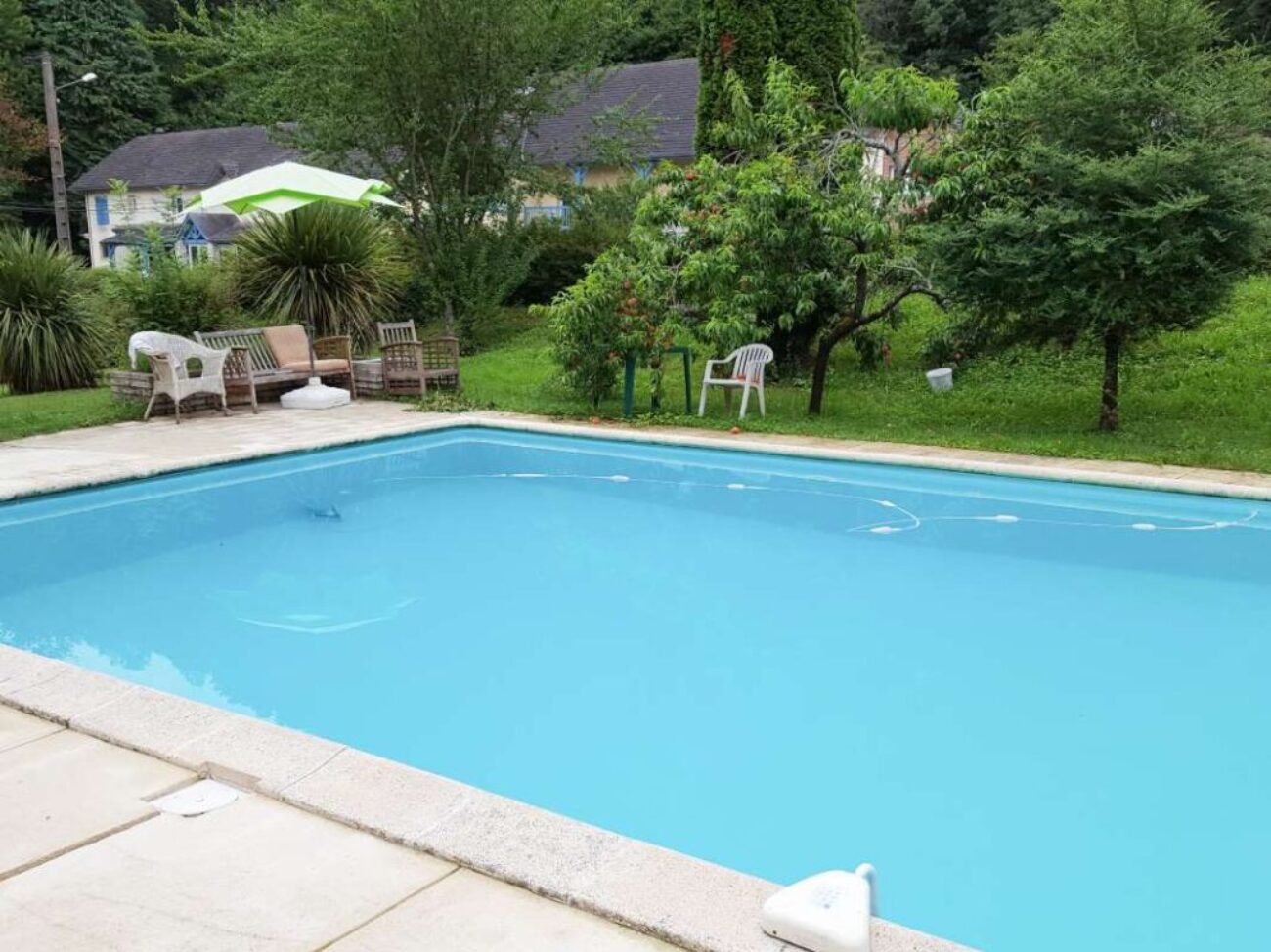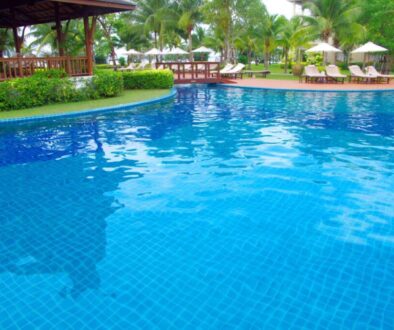Reducing pool chemical costs can significantly impact your overall maintenance budget. Discover effective strategies to optimize chemical usage and save money.
Reducing Pool Chemical Costs Through Efficient Usage
Reducing pool chemical costs is an essential aspect of managing a pool efficiently and economically. The rising prices of pool chemicals can put a strain on budget-conscious pool owners, whether they are managing a residential pool or running a pool service business. This blog post will delve into various strategies and best practices that pool owners and service providers can implement to reduce their chemical expenses without compromising water quality or safety. By adopting efficient usage practices, understanding the science behind pool chemistry, and leveraging new technologies, you can enjoy a sparkling clean pool while keeping costs low.
In the world of pool maintenance, chemical management plays a crucial role in ensuring water quality and safety for swimmers. However, the costs associated with pool chemicals can add up quickly, especially for those managing multiple pools or operating a pool service business. In this article, we will explore practical tips for reducing chemical costs, such as optimizing chemical usage, understanding the balance of water chemistry, and utilizing advanced tools and technologies. By applying these strategies, pool owners can enjoy significant savings while maintaining a safe and enjoyable swimming environment.
Understanding Pool Chemistry
The foundation of effective pool maintenance lies in understanding water chemistry. Pool water must be balanced to ensure that chemicals work effectively and that the water remains safe for swimming. Key parameters include pH, alkalinity, calcium hardness, and chlorine levels. By regularly testing these levels and keeping them within the ideal ranges, pool owners can minimize the amount of chemicals needed to maintain water quality.
For instance, maintaining a stable pH level between 7.4 and 7.6 allows chlorine to work more effectively, reducing the amount needed to keep water sanitized. Additionally, proper alkalinity levels can help buffer pH fluctuations, leading to fewer chemical adjustments and ultimately saving money on chemical purchases. It’s also important to remember that using quality testing kits and following manufacturer guidelines can help you avoid unnecessary chemical applications, keeping costs down.
Moreover, investing in automation tools for water testing can streamline the process, ensuring more accurate readings and timely adjustments. These technologies help reduce chemical waste by providing precise dosages tailored to the current needs of your pool, further decreasing overall chemical costs.
Optimizing Chemical Usage
Another effective way to reduce chemical costs is to optimize chemical usage. Many pool owners tend to over-treat their water due to a lack of knowledge or misunderstanding of chemical requirements. By adopting a more scientific approach to chemical application, you can achieve the desired water quality without overspending.
For example, instead of adding chemicals based on a set schedule, consider adjusting based on the actual water conditions observed through regular testing. This approach helps identify the real-time needs of the pool, allowing for more accurate chemical dosing and reducing unnecessary expenses. Additionally, training staff on proper chemical handling and application can ensure that they are using chemicals efficiently and not wasting material.
Furthermore, using multi-functional chemicals can also cut costs. Products that combine algaecides, clarifiers, and stabilizers can reduce the overall number of products you need to purchase and store, saving both money and space. This strategy not only simplifies your chemical management process but also minimizes the risk of chemical interactions that can occur when using multiple products.
Leveraging Technology
In today’s digital age, technology plays a vital role in improving pool maintenance efficiency. There are numerous tools and systems available that help pool owners manage their chemical usage more effectively. Automated chemical dosing systems, for instance, can deliver precise amounts of chemicals based on real-time water quality data.
These systems continuously monitor key water parameters and adjust dosages accordingly, ensuring that chemicals are applied only when necessary. As a result, pool owners can save on chemical expenses while maintaining optimal water quality. Moreover, many of these systems can be integrated with smart technology, allowing for remote monitoring and management through mobile apps.
Investing in pool management software can also provide insights into chemical usage patterns, helping you identify trends and make informed decisions about your chemical purchases. By analyzing this data, you can determine the most cost-effective strategies for your specific pool setup, allowing for further cost reductions over time.
Routine Maintenance and Cleaning
Regular maintenance is another essential component of reducing chemical costs. A well-maintained pool requires fewer chemicals to keep it clean and safe. This involves routine tasks such as skimming debris from the surface, vacuuming the pool, and cleaning filters. Implementing a solid cleaning schedule can help prevent algae build-up and other issues that lead to increased chemical usage.
Additionally, maintaining your pool equipment and ensuring it operates efficiently can further reduce chemical costs. For example, a clean filter system allows water to circulate more effectively, minimizing the need for additional chemicals to combat cloudy or unbalanced water. Regularly checking and cleaning your pump and skimmer baskets will keep your pool in optimal condition, reducing the burden on your chemical regimen.
Furthermore, proper landscaping and yard maintenance can also contribute to lower chemical costs. Reducing the amount of organic debris entering the pool can decrease the likelihood of algae growth and other water quality issues, further minimizing chemical usage. Consider planting native, low-maintenance plants around the pool area, and installing barriers that prevent leaves and debris from falling into the water.
Utilizing Natural Alternatives
Exploring natural alternatives to traditional pool chemicals can offer both cost savings and environmental benefits. For instance, using a saltwater chlorinator can reduce the need for purchased chlorine, as it generates chlorine from salt, providing a more continuous sanitization process. Many pool owners find that saltwater systems also lead to lower maintenance costs over time.
Additionally, products derived from natural ingredients can be effective in maintaining water quality without the high costs of conventional chemicals. For example, some natural enzymes can help break down organic matter in the water, reducing the need for additional sanitizers. While these products may have higher upfront costs, they can save money in the long run by decreasing chemical usage and ensuring a healthier pool environment.
Educating Pool Owners and Staff
Lastly, educating yourself and your staff about pool chemistry and best practices for chemical use is essential for reducing costs. Knowledgeable pool owners are better equipped to manage their chemical usage efficiently and make informed decisions about their pool care routine. Consider attending workshops, webinars, or obtaining certifications in pool maintenance to enhance your understanding of the industry.
Furthermore, fostering a culture of continuous learning within your pool service team can promote efficiency in chemical application. Regular training sessions can help reinforce best practices, keeping everyone informed about the latest technologies, products, and techniques available. By empowering your team with knowledge, you can collectively reduce chemical costs while delivering high-quality service to your clients.
Conclusion
In conclusion, reducing pool chemical costs through efficient usage is not only beneficial for your budget but also essential for the long-term health of your pool. By understanding water chemistry, optimizing chemical usage, leveraging technology, maintaining your pool regularly, exploring natural alternatives, and educating yourself and your staff, you can achieve significant savings without compromising water quality. As you implement these strategies, consider reaching out to professional services for guidance and support. For those looking to expand their pool service business, exploring available [Pool Routes for Sale](https://pool-routes-for-sale.com/) may also be a viable option to enhance your operations and profitability.



